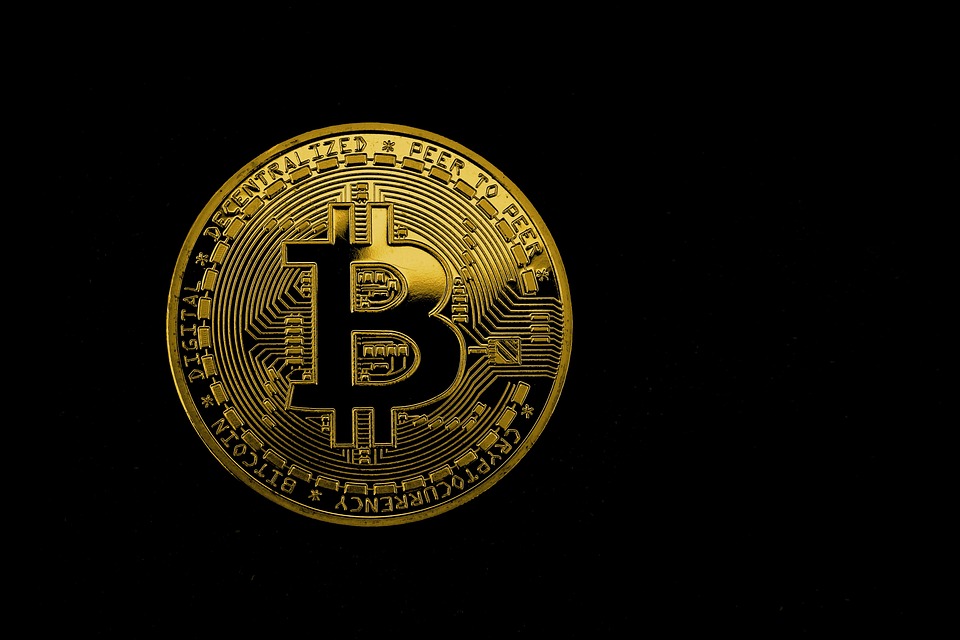Decentralized Finance (DeFi): The Next Big Thing in Crypto
In recent years, the cryptocurrency landscape has witnessed the emergence of a revolutionary concept known as Decentralized Finance, commonly referred to as DeFi. This innovative financial system has captured the attention of investors, tech enthusiasts, and traditional financial institutions alike. DeFi represents a paradigm shift in how we think about money, banking, and financial services, leveraging blockchain technology to create an open, permissionless, and transparent financial ecosystem.
What is DeFi?
Decentralized Finance refers to a set of financial services built on blockchain technology, primarily Ethereum. Unlike traditional financial systems, which are centralized and operated by intermediaries such as banks and financial institutions, DeFi operates on a decentralized network of smart contracts. These self-executing contracts automate transactions and enforce agreements without the need for a middleman, reducing costs and increasing efficiency.
DeFi encompasses a wide range of applications, including decentralized exchanges (DEXs), lending platforms, stablecoins, yield farming, and insurance protocols. These services enable users to borrow, lend, trade, and earn interest on their assets in a decentralized manner, often with lower fees and greater accessibility than traditional financial services.
The Benefits of DeFi
1. **Accessibility**: One of the most significant advantages of DeFi is its accessibility. Anyone with an internet connection can participate in the DeFi ecosystem, regardless of their geographic location or financial status. This democratization of finance opens up opportunities for the unbanked and underbanked populations around the world.
2. **Transparency**: DeFi operates on public blockchains, ensuring that all transactions are transparent and verifiable. Users can audit smart contracts and track the flow of funds, fostering trust and accountability within the ecosystem.
3. **Lower Costs**: By eliminating intermediaries, DeFi reduces transaction costs and fees associated with traditional financial services. This efficiency allows users to maximize their returns and minimize their expenses.
4. **Programmability**: Smart contracts enable developers to create complex financial instruments and innovative applications that can automate various processes, such as lending, borrowing, and trading. This programmability allows for the rapid development of new financial products tailored to users’ needs.
The Risks and Challenges of DeFi
While DeFi offers numerous benefits, it is not without its risks. Some of the key challenges facing the DeFi ecosystem include:
1. **Smart Contract Vulnerabilities**: Smart contracts are subject to bugs and vulnerabilities that can be exploited by malicious actors. If a smart contract is poorly coded, it can lead to substantial financial losses for users.
2. **Regulatory Uncertainty**: As DeFi continues to grow, regulators around the world are grappling with how to approach this new financial landscape. Uncertainty regarding regulatory frameworks can create risks for users and developers alike.
3. **Market Volatility**: The value of cryptocurrencies can be highly volatile, impacting DeFi applications that rely on these assets. Users must navigate the risks associated with price fluctuations, especially in lending and borrowing scenarios.
4. **Liquidity Risks**: DeFi platforms often require liquidity to function effectively. In times of market stress, liquidity can dry up, leading to issues for users who rely on these platforms for trading or borrowing.
The Future of DeFi
Despite the challenges, the future of DeFi looks promising. As more users and developers enter the space, innovations and improvements will continue to emerge. The integration of DeFi with traditional finance is already underway, with institutions exploring ways to leverage blockchain technology to enhance their services.
Furthermore, the rise of cross-chain solutions and layer-2 scaling technologies aims to address some of the limitations of current DeFi platforms, such as transaction speed and cost. These advancements will likely broaden the appeal of DeFi, attracting a more extensive user base and fostering further growth.
Conclusion
Decentralized Finance represents a transformative shift in the financial landscape, offering unprecedented opportunities for innovation and accessibility. While challenges remain, the potential of DeFi to disrupt traditional finance is undeniable. As the ecosystem continues to evolve, it is essential for users to stay informed and approach DeFi with a balance of enthusiasm and caution. Embracing the principles of decentralization and transparency, DeFi may very well be the next big thing in the world of cryptocurrency, paving the way for a more inclusive and efficient financial system.



